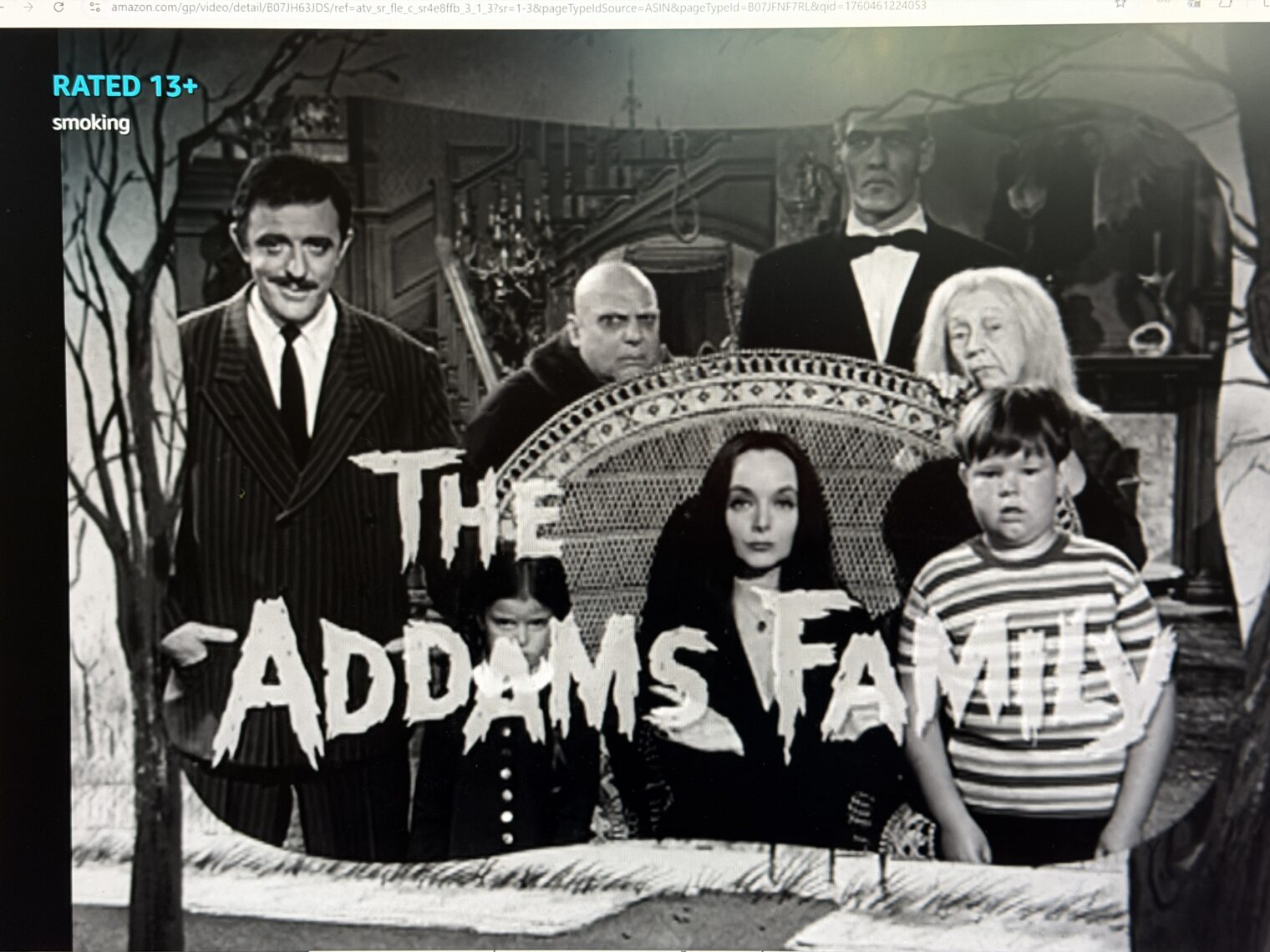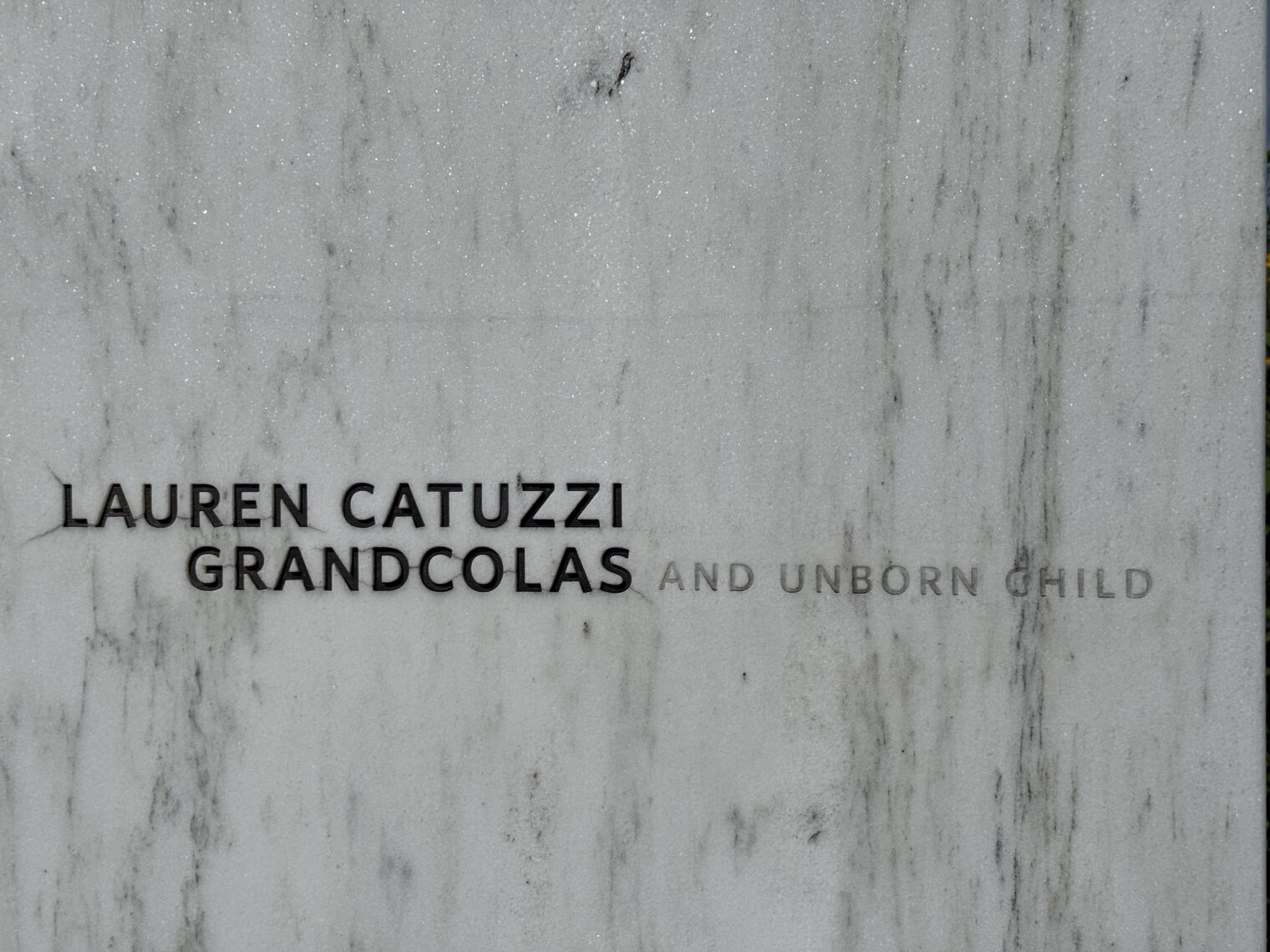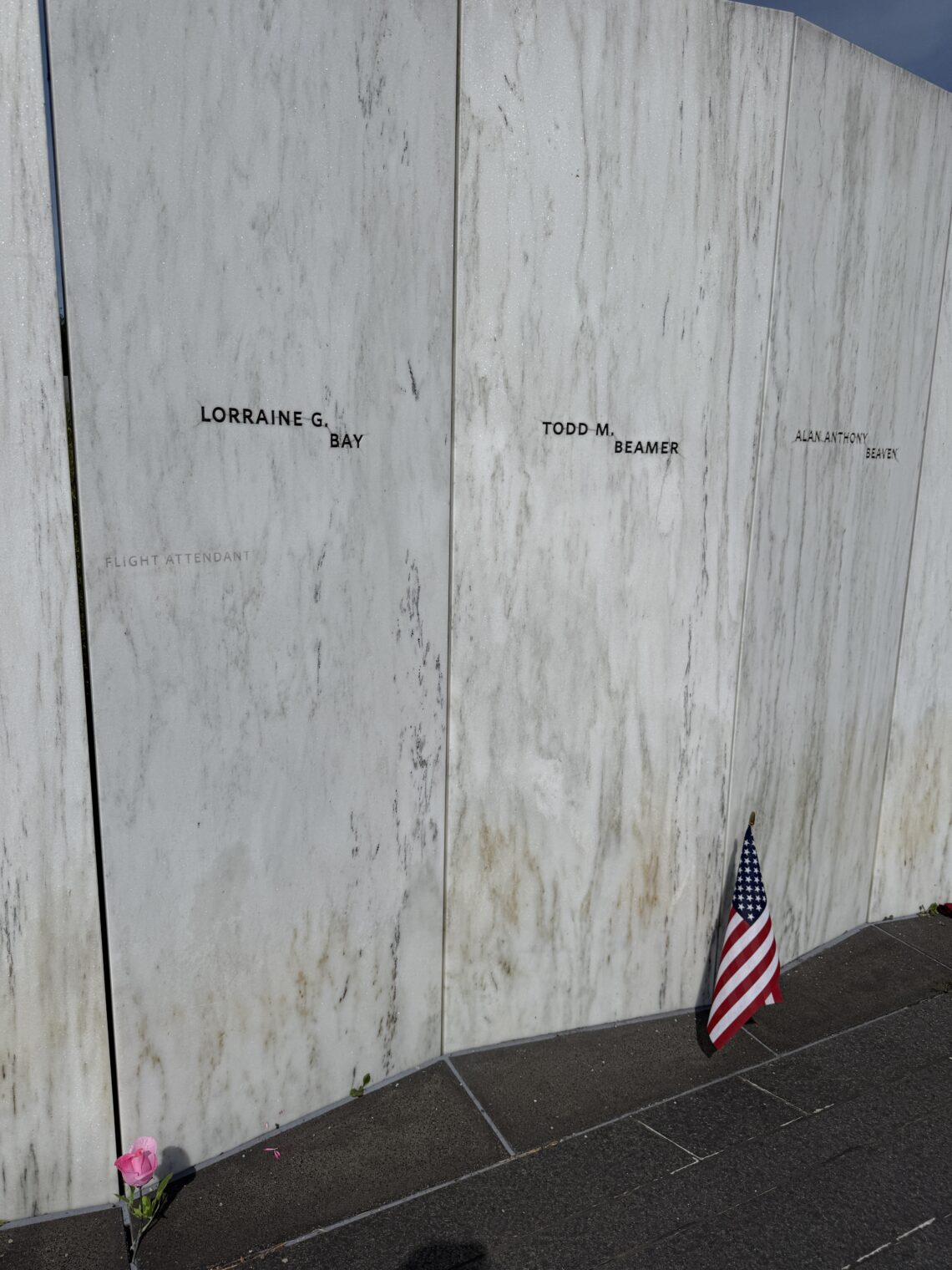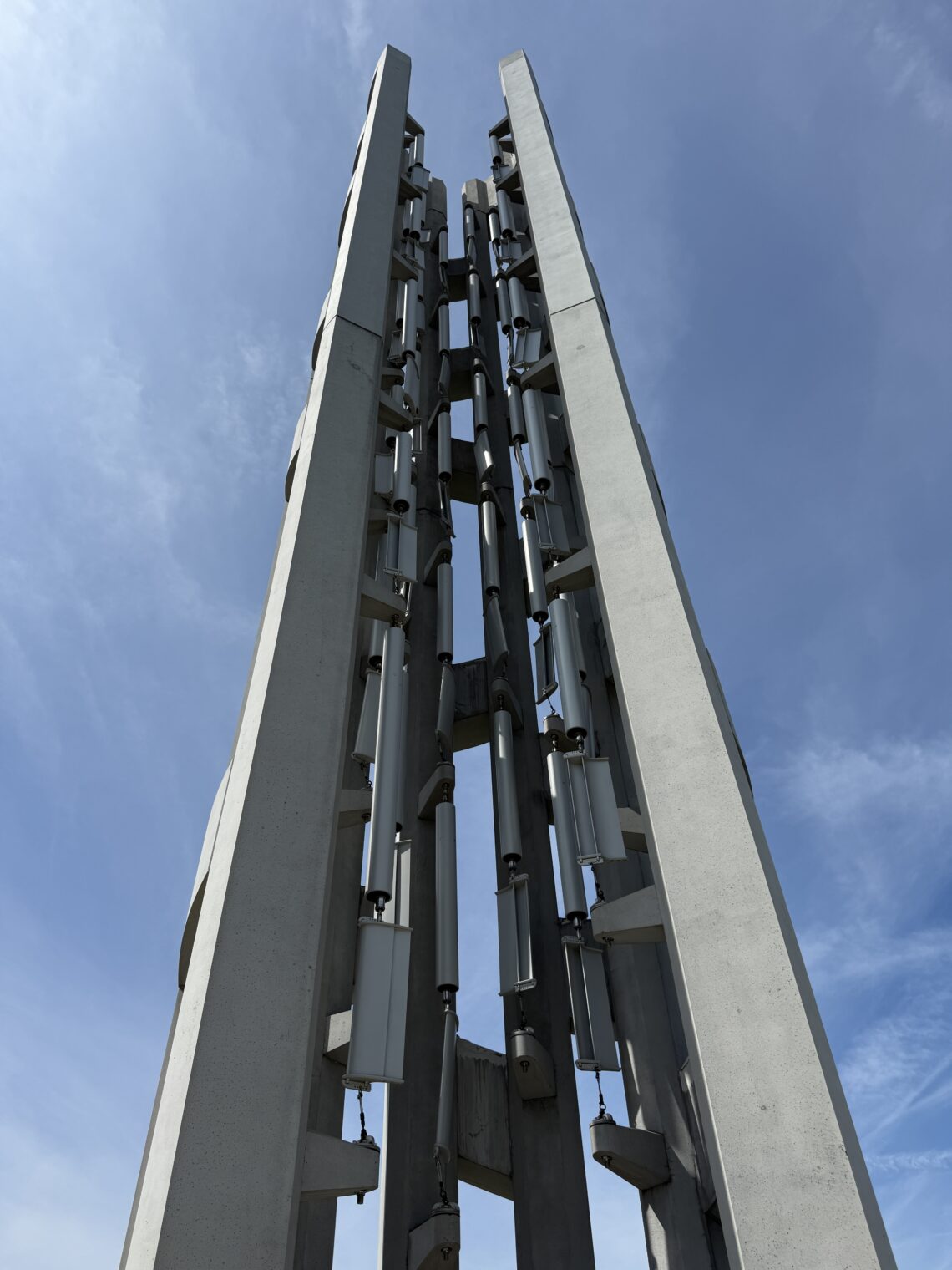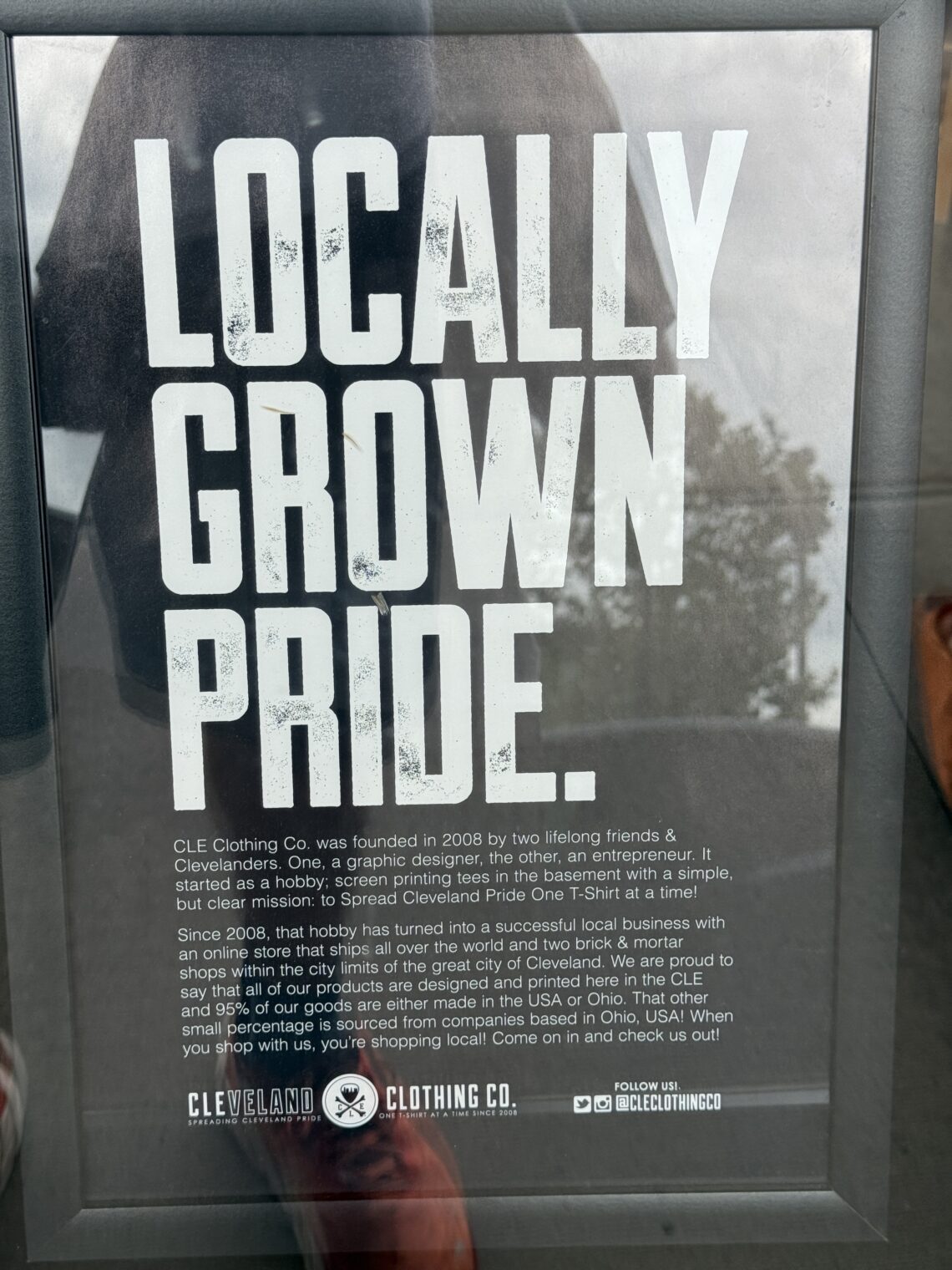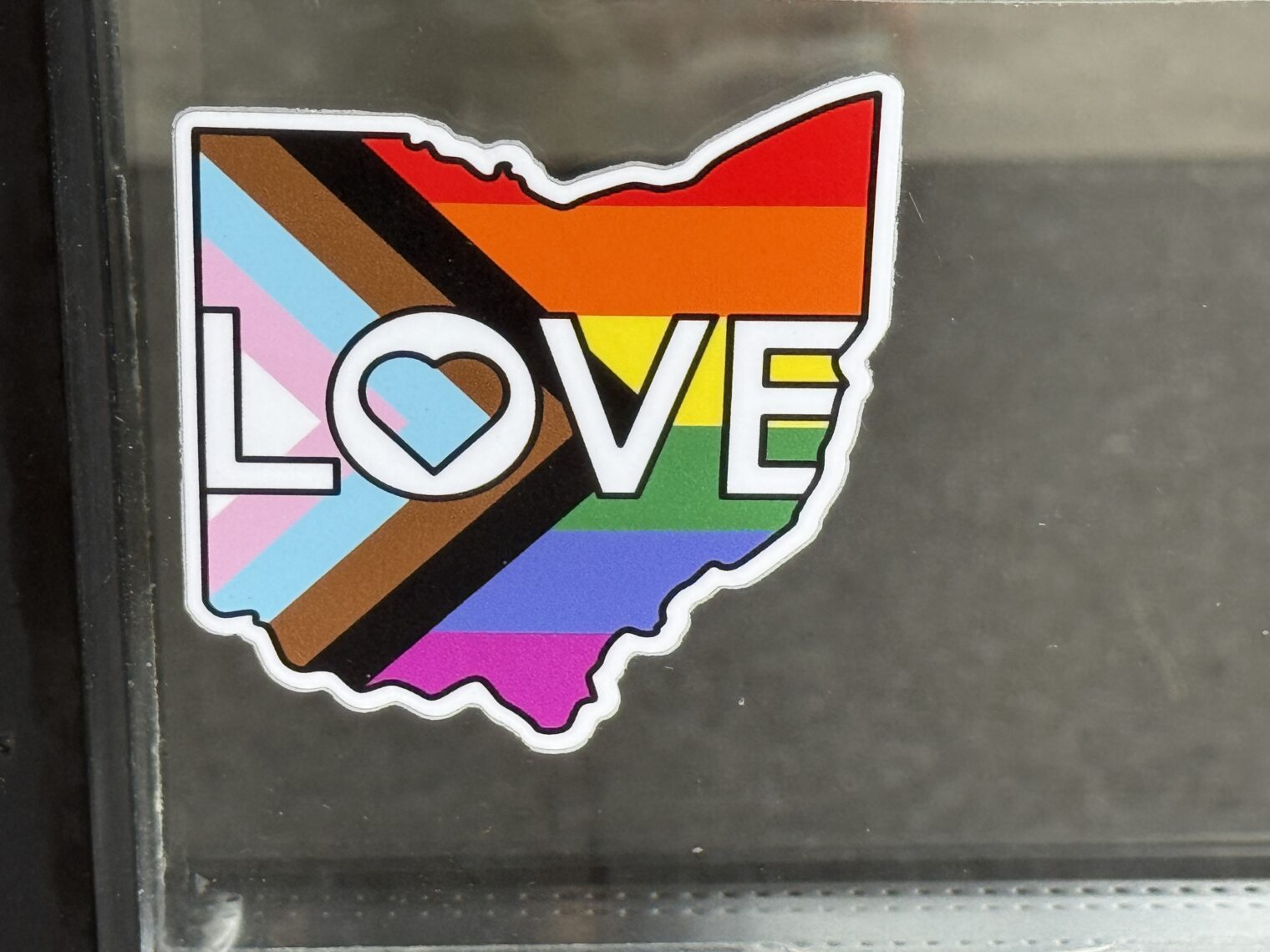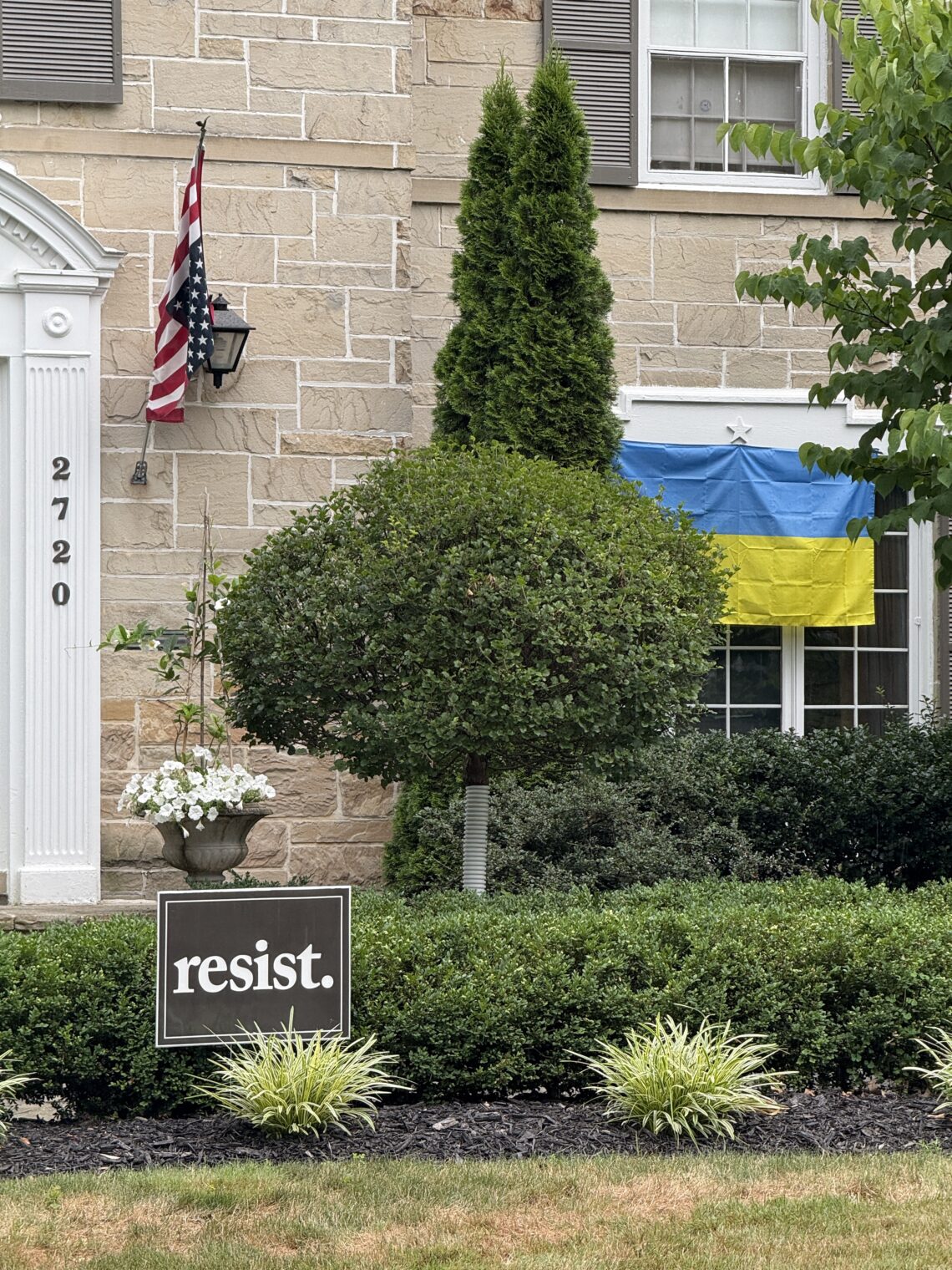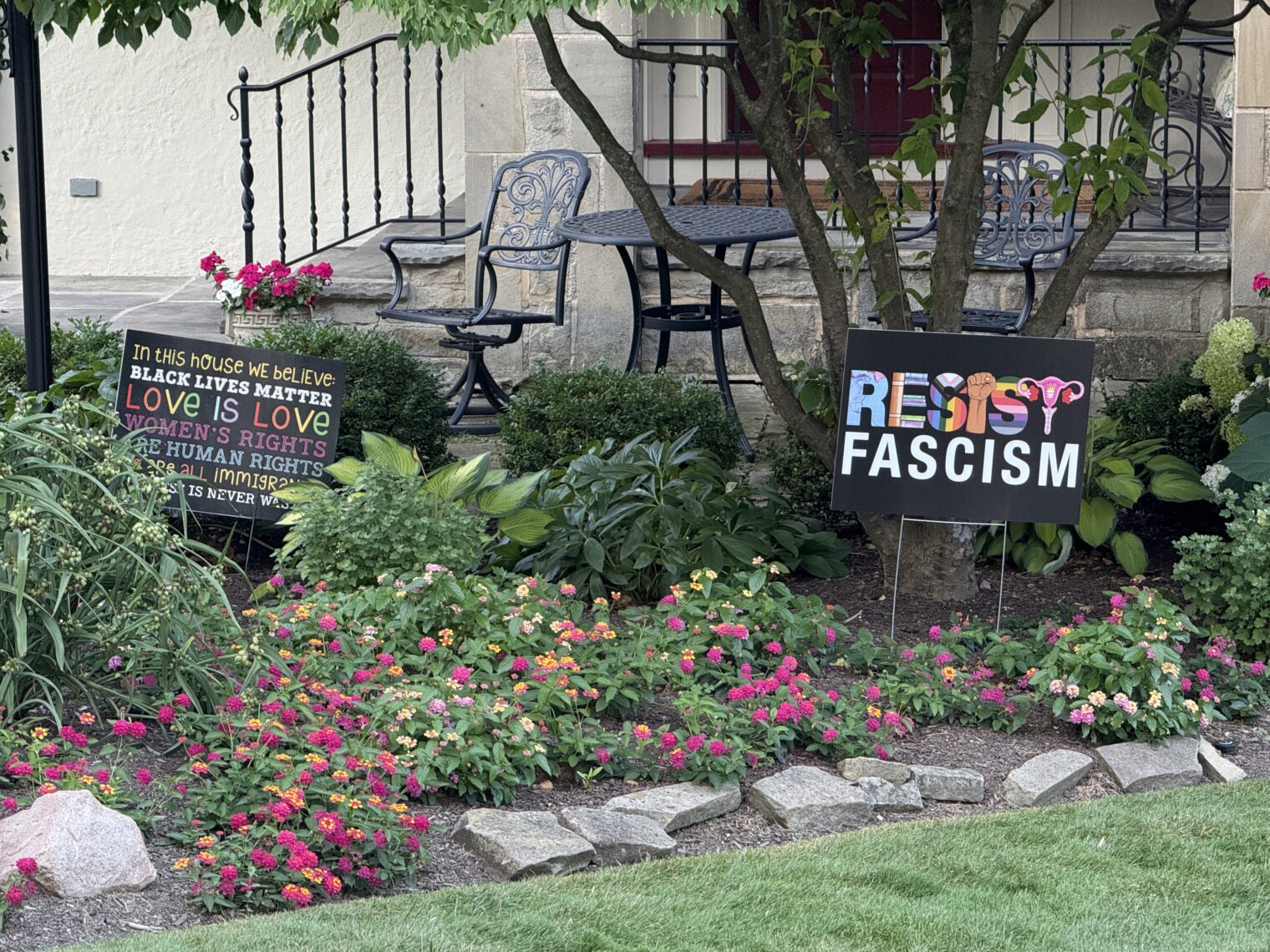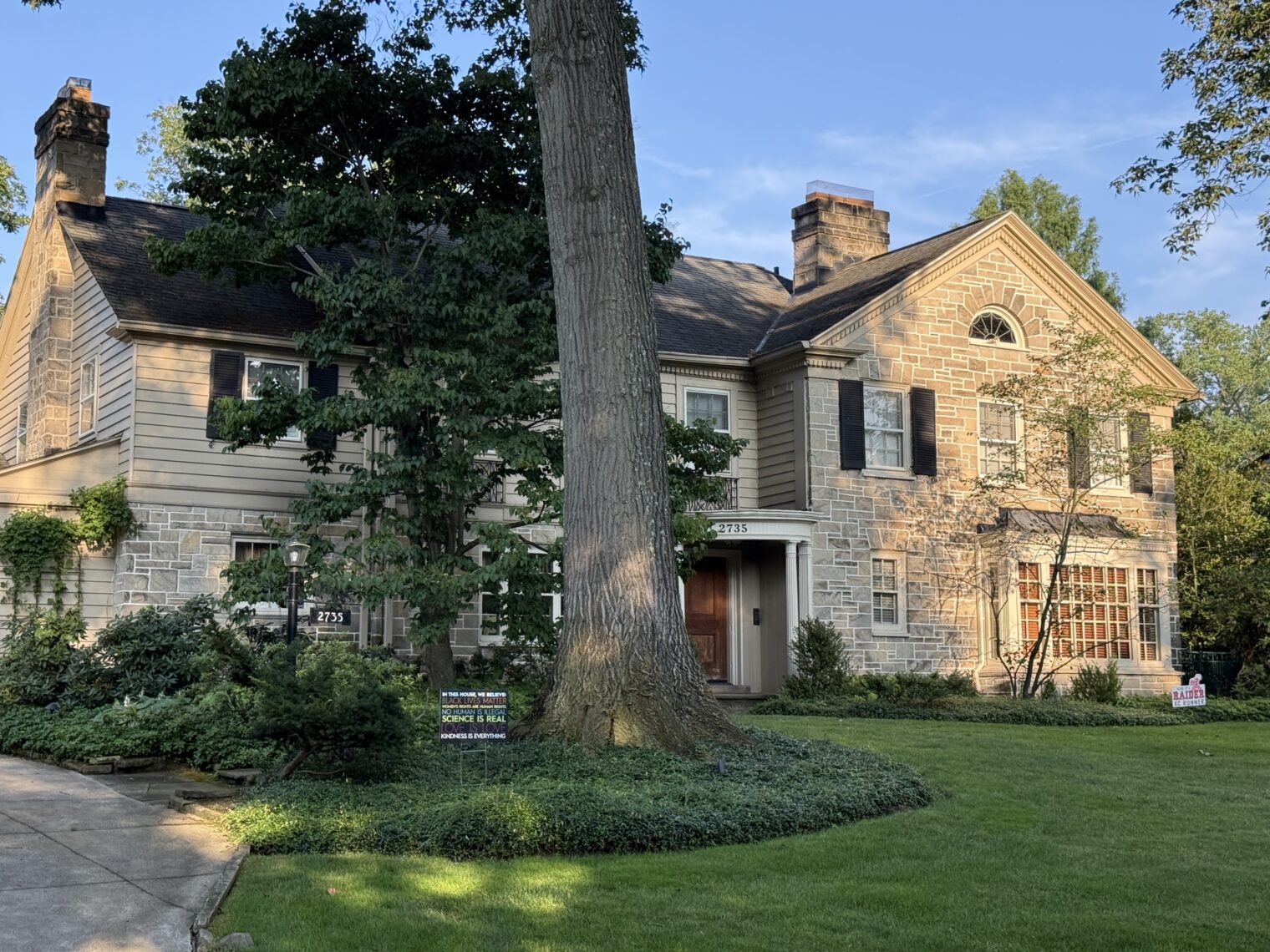The lazy Floridian’s Halloween and Christmas lighting
Happy Official Beginning of Christmas Season for those who celebrate. (I guess younger Americans think it is okay to decorate for Christmas even before Thanksgiving.)
Gretchen Wilson and lyricist John Rich in “Redneck Woman”:
And I keep my Christmas lights on, on my front porch all year long
It turns out that HOAs aren’t huge fans of this approach. Traditionally people get cheap strings of outdoor-rated lights and put them up themselves or hire professionals to do it for $thousands. The light strings then have to come down after New Year’s. The typical Florida house, however, is built with a lot of exterior light sockets. There are recessed cans underneath loggias, for example, and the typical house has plenty of loggias where people can sit outside in the shade. There will be some sort of front entrance light, perhaps coach-style lights with candelabra bulbs. There may be flood light sockets that can hold PAR38 bulbs.
Why not turn the house itself into the holiday light display? Replace all of the existing bulbs and recessed trims with RGB WiFi, Zigbee, and/or Thread bulbs? This is a report on our 2025 mostly-Govee solution.
We opted for an all-WiFi approach because we wouldn’t have to plug in a bridge, e.g., the one required by Philips Hue. Also, we have reasonably good WiFi coverage even outdoors thanks to TP-Link Omada (still going strong after 3.5 years, though it doesn’t even try to do most of the stuff that Unifi offers to do).
The front of our house has 6 candelabra bulbs that we replaced with Govee ($10/bulb). The 8 recessed cans we filled with Govee trims at $30 each. Govee, unfortunately, doesn’t make anything in PAR38 so we got Feit RGB WiFi bulbs at $15 each. For a table lamp inside we replaced a three-way bulb with a $20 Govee 1200 lumen RGB bulb. We already had some entryway recessed bulbs (BR40 and BR30) on the Philips Wiz system (their ghetto-level WiFi bulbs for people who don’t want to invest in Hue). I installed everything myself after borrowing a neighbor’s ladder for the floods and had it all connected up in less than two hours, including setting on/off schedules for each group of bulbs.
For a little more visual pizazz we indulged in two Govee light strips ($120 each for 100′) that we can hide in the bushes, but will likely have to roll up and store until next fall in order to keep them safe from the landscapers. These required some extra work because their power supplies aren’t waterproof so I purchased waterproof boxes from Home Depot. Finally, I tried to find a use for a 50′ string of Govee “permanent outdoor lights”, intended for under-eave attachment, that I’d previously tried out around a loggia in a failed experiment. These too have a non-weatherproof power supply.
The Govee app has a few built-in holiday schemes and, of course, lights can be infinitely customized by the patient or simply set to a solid color of one’s choice. Loyal readers won’t be surprised to learn how disappointed I was that there is no Pride festival scheme.


The Feit app is more basic and, as far as I can tell, doesn’t have even a Christmas scheme. The Wiz V2 app is perhaps somewhere in the middle in terms of power/complexity. It probably makes the most sense to stick with either all-Govee or, if money is no object, Philips Hue.
How did it work out? The flood lights ended up being a mistake. A bright light of color (not a hateful “colored light”) pointing at the viewer’s face isn’t useful. We got plunged into a world of tech support hell with the WiFi Govee lights after an Omada outdoor access point failed and we let the TP-Link tech support folks in to change a bunch of roaming settings. The Govee lights don’t work well if the WiFi network is trying to be clever about supporting roaming and optimizing the access point selection for each device. Probably it is smarter to user Matter over Thread or Zigbee (Philips Hue) and thus have just one hub that is a WiFi client. Many of the Govee devices are compatible with Thread, though not fully controllable using their app via Thread.
Our neighbor’s awesome house, mostly done with inexpensive non-WiFi stick-in-the-ground 12V lights (handheld RGB control):


Our house, using primarily the sockets it was built with (we can’t take credit for the lion statues; they were installed by a previous owner!):
Full post, including comments
